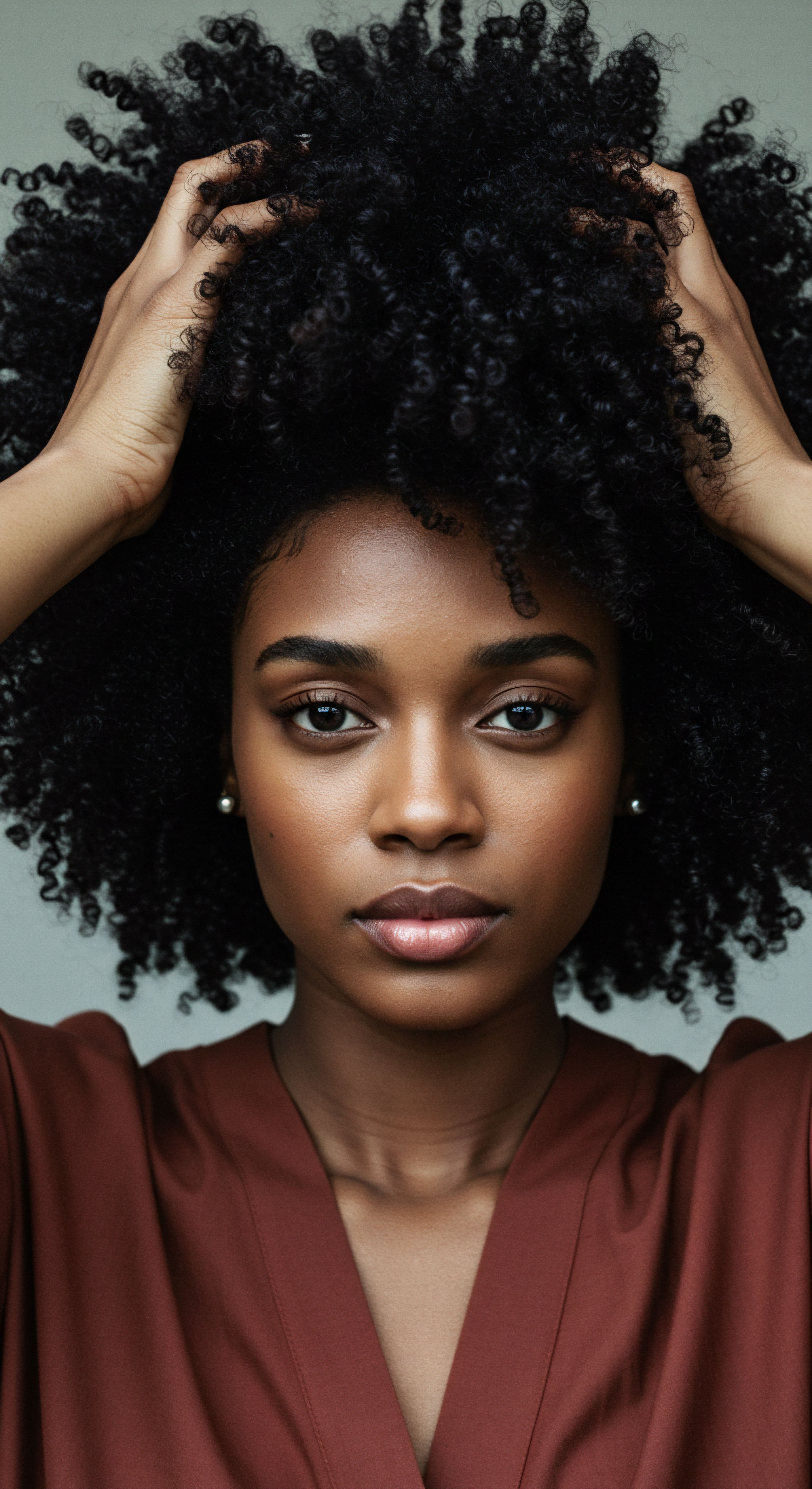
Roots
Centuries past, along the Nile’s banks, a quiet mastery of hair adornment flourished, offering echoes of insight for today’s textured strands. The sands of ancient Egypt, in their silent keeping, hold more than just monumental stones and gilded relics; they hold secrets of hair, of preservation, and of human connection to self-expression that speak across millennia. When we gaze upon the intricate wigs worn by pharaohs and commoners alike, or consider the carefully preserved tresses of those laid to rest, we are not merely observing historical artifacts.
We are glimpsing a deeply rooted reverence for personal presentation and a practical wisdom regarding the very structure of hair. This wisdom, honed by observation and necessity, offers a rich soil from which to draw lessons for our contemporary hair care philosophies.
The ancient Egyptians understood hair on a level that, in some respects, rivals our modern scientific inquiries. Their environment, harsh and sun-drenched, prompted an acute awareness of protection and maintenance. Hair, whether natural or a carefully crafted wig, was not simply an accessory; it was a statement of identity, status, and health.
The care extended to these tresses, even into the afterlife, speaks volumes about their perceived value. This deep respect for hair as an extension of the self provides a foundational understanding for any true hair wellness practice.
Ancient Egyptian hair practices offer a rich source of enduring wisdom for contemporary hair care.

Hair as an Extension of Self and Status
The significance of hair in ancient Egypt transcended mere aesthetics. It served as a potent visual language, communicating social standing, age, and even religious affiliation. For many, especially among the elite, wigs were a primary form of personal expression. These elaborate constructions, often fashioned from human hair, plant fibers, or even sheep’s wool, allowed for styles that would be difficult or impossible to maintain with natural hair in the arid climate.
The sheer variety in styles, from short, cropped looks to voluminous, curled creations, speaks to a culture that celebrated individuality within a structured society. The ability to afford and maintain a complex wig was a clear marker of wealth and position.
Beyond the visual, hair also held a hygienic purpose. The practice of shaving or closely cropping natural hair, particularly among priests, was a means of maintaining cleanliness in a hot environment where parasites like lice were a constant concern. Wigs, being removable, offered a solution to this dilemma ❉ they provided protection from the sun while allowing the scalp to remain clean and free from infestation. This practical aspect underscores a sophisticated approach to personal well-being that intertwined beauty with health.

Wig Construction and Materials
The construction of ancient Egyptian wigs was a meticulous art. Wigmakers employed various materials, often depending on the wearer’s social standing. The most prized wigs were crafted entirely from human hair, painstakingly attached to a netting skullcap. For those of more modest means, wigs might incorporate vegetable fibers or animal wool.
- Human Hair ❉ Prized for its natural appearance and versatility, human hair was the preferred material for elite wigs, reflecting its high value.
- Plant Fibers ❉ More accessible and cost-effective, fibers from plants provided a lighter alternative, often blended with human hair or used alone for less opulent pieces.
- Animal Wool ❉ Sheep’s wool, sometimes utilized, provided volume and a different texture, particularly for specific styles or lower-cost options.
The techniques used to secure the hair to the net foundation varied, from knotting to layering. Once the hair was affixed, it was often coated with a setting mixture, typically composed of beeswax and resin. This mixture, warmed for application, would harden upon cooling, ensuring the style’s durability even in Egypt’s intense heat. The engineering of these wigs, balancing aesthetic desire with practical environmental considerations, speaks to an ingenuity that extends beyond mere vanity.
| Material Human Hair |
| Primary Use Elite wigs, natural appearance |
| Durability/Appearance High durability, realistic texture |
| Material Plant Fibers |
| Primary Use Blended wigs, lower cost options |
| Durability/Appearance Moderate durability, varied texture |
| Material Sheep's Wool |
| Primary Use Voluminous styles, affordable options |
| Durability/Appearance Moderate durability, coarse texture |

Ritual
Moving from the foundational understanding of hair’s significance, we turn our attention to the daily and ceremonial practices that shaped ancient Egyptian hair care. These were not merely fleeting trends; they were rituals, ingrained in life and death, that held profound meaning. The approach to preserving wigs and natural hair for millennia offers more than just historical curiosity; it presents a mirror to our own routines, inviting us to consider the intentionality and purpose behind our daily acts of care.
How did a civilization, thousands of years removed, manage to keep hair so remarkably intact? The answer lies in a deliberate, almost sacred, application of substances and techniques designed for enduring preservation.
The meticulous attention paid to hair, both in life and for the afterlife, speaks to a belief system where personal presentation carried beyond earthly existence. The care given to wigs and mummified hair was a continuation of daily beauty practices, reflecting a desire for eternal beauty and recognition. This continuum of care, bridging the living and the deceased, highlights a deep respect for the physical form and its adornments.
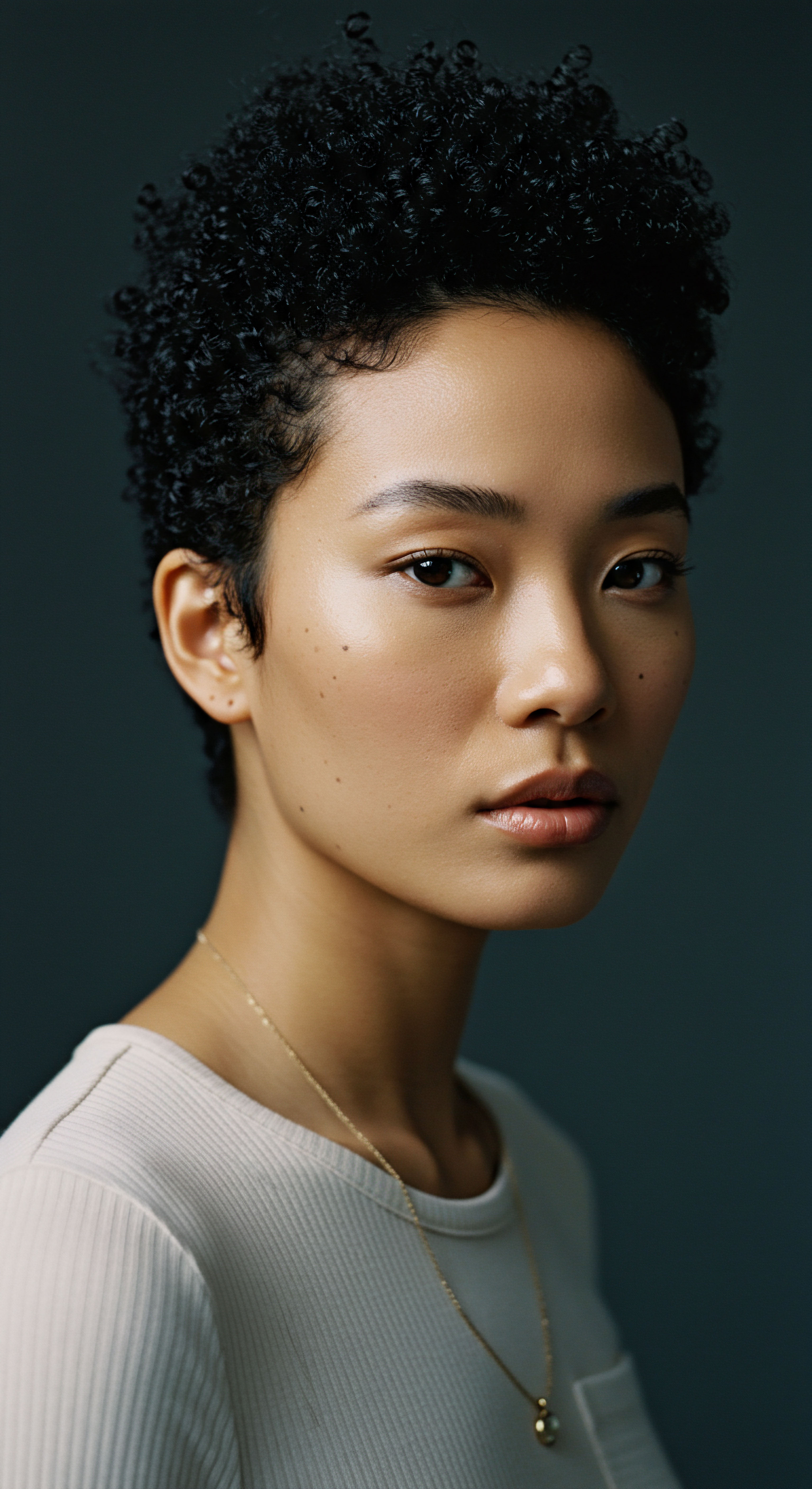
Ancient Hair Preparations and Their Lasting Power
Scientific analysis of ancient Egyptian mummified hair has revealed remarkable insights into the substances they used. Far from being simple concoctions, these preparations were surprisingly effective at maintaining hair structure over vast stretches of time. The dry climate certainly aided in preservation, but the applied products played a significant, active role.
A particularly compelling discovery, one that might reshape our casual assumptions about ancient beauty, comes from the work of Natalie McCreesh and her colleagues at the University of Manchester. Their 2011 study, published in the Journal of Archaeological Science, examined hair samples from 18 mummies, some dating back 3,500 years. The researchers discovered that nine of these mummies had hair coated in a mysterious fat-like substance, composed of biological long-chain fatty acids, including palmitic and stearic acids. What makes this finding particularly striking is that this fatty coating was present on both artificially mummified bodies and those preserved naturally by the dry desert sand.
This suggests the substance was not solely a part of the embalming process but was likely a styling product used during life to set hair in place. This revelation challenges the common assumption that such treatments were purely for post-mortem preservation, instead suggesting a daily application, akin to a modern hair gel or fixative, for both men and women across various ages.
The discovery of a fat-based styling product on ancient Egyptian mummies suggests daily hair care extended beyond mere embalming.

Techniques for Wig Preservation
Beyond the use of specific substances, the physical methods employed in wig preservation were equally considered. Wigs, being valuable assets, were often stored in specially designed boxes or containers when not in use, protecting them from dust, pests, and physical damage.
The structural integrity of these ancient wigs, some still holding their form after millennia, speaks to the deliberate choice of materials and construction methods. The beeswax and resin mixture, once applied and cooled, would have provided a rigid, protective layer, essentially encasing the styled hair in a durable shell. This method would have guarded against environmental degradation, such as humidity fluctuations or insect activity, which are common threats to organic materials.
The meticulous construction of the wig base, often a finely plaited net, also contributed to its longevity. This strong foundation provided a stable anchor for the hair strands, preventing shedding and maintaining the wig’s overall shape. The combination of structural design and chemical treatment represents a comprehensive approach to long-term hair preservation.
Consider the care that went into creating and maintaining these objects. The process itself, from preparing the hair to applying the fixative, would have been a ritual of its own, demanding patience and precision. This echoes a quiet truth about hair care today ❉ the most effective routines often stem from consistent, intentional practices rather than quick fixes.
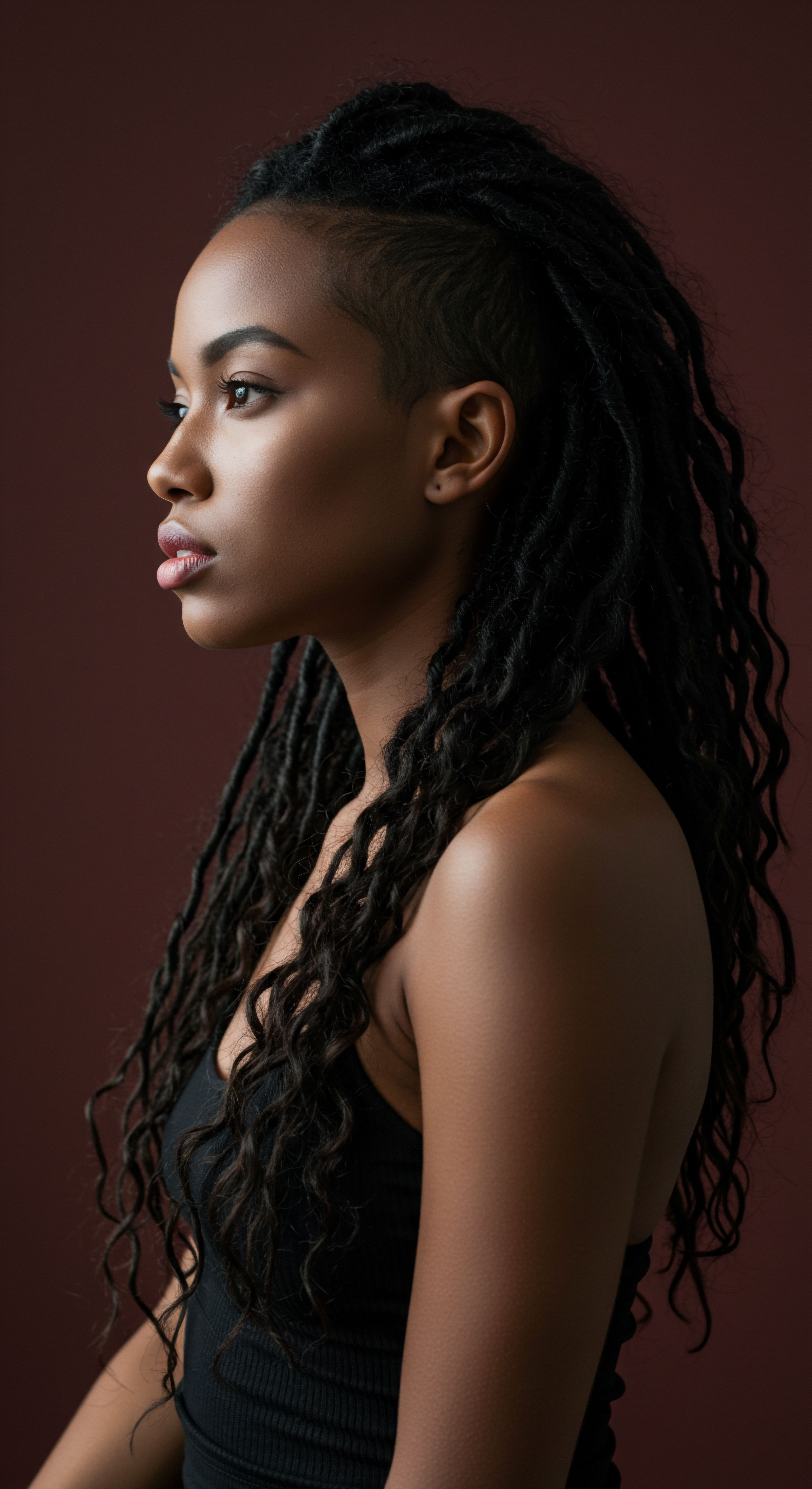
Relay
Our contemplation of ancient Egyptian hair care extends now to its most sophisticated dimensions, exploring the intricate interplay of science, culture, and enduring human desires that shaped these practices. What deeper insights into hair’s resilience and its place in human identity can we draw from these distant echoes? The remarkable preservation of ancient Egyptian wigs and natural hair is not simply a historical anomaly; it is a testament to an intuitive understanding of hair’s biological properties and the protective qualities of natural compounds. This long-term preservation offers a compelling case study for our contemporary textured hair care, urging us to reconsider our relationship with ingredients and the concept of lasting health.
The Egyptians, without microscopes or chemical analysis equipment as we know them, achieved a level of preservation that astounds modern scientists. Their methods, refined through generations of observation, speak to a deep, experiential knowledge of materials and their interactions with the human body. This wisdom, passed down and applied, highlights a profound connection to the natural world and its offerings.

How Did Ancient Wig Preservation Inform Modern Hair Science?
The ancient Egyptian practice of using fatty substances and resins on hair provides a fascinating parallel to modern cosmetic science. The long-chain fatty acids, such as palmitic and stearic acids, identified in mummy hair are common components in contemporary hair conditioners, emollients, and styling products. These lipids act as occlusives, forming a protective barrier on the hair shaft that minimizes moisture loss and protects against environmental aggressors.
They also contribute to hair’s suppleness and shine. The beeswax and resin mixtures used for wigs served a similar purpose, creating a durable, water-resistant coating that held styles while guarding against degradation.
This historical precedent underscores the enduring value of natural lipids in hair care. For textured hair, which is often more susceptible to dryness due to its coiled structure, the application of rich, fatty compounds remains a cornerstone of healthy maintenance. The ancient Egyptians, through trial and error, arrived at solutions that intuitively addressed the structural needs of hair for both styling and preservation.
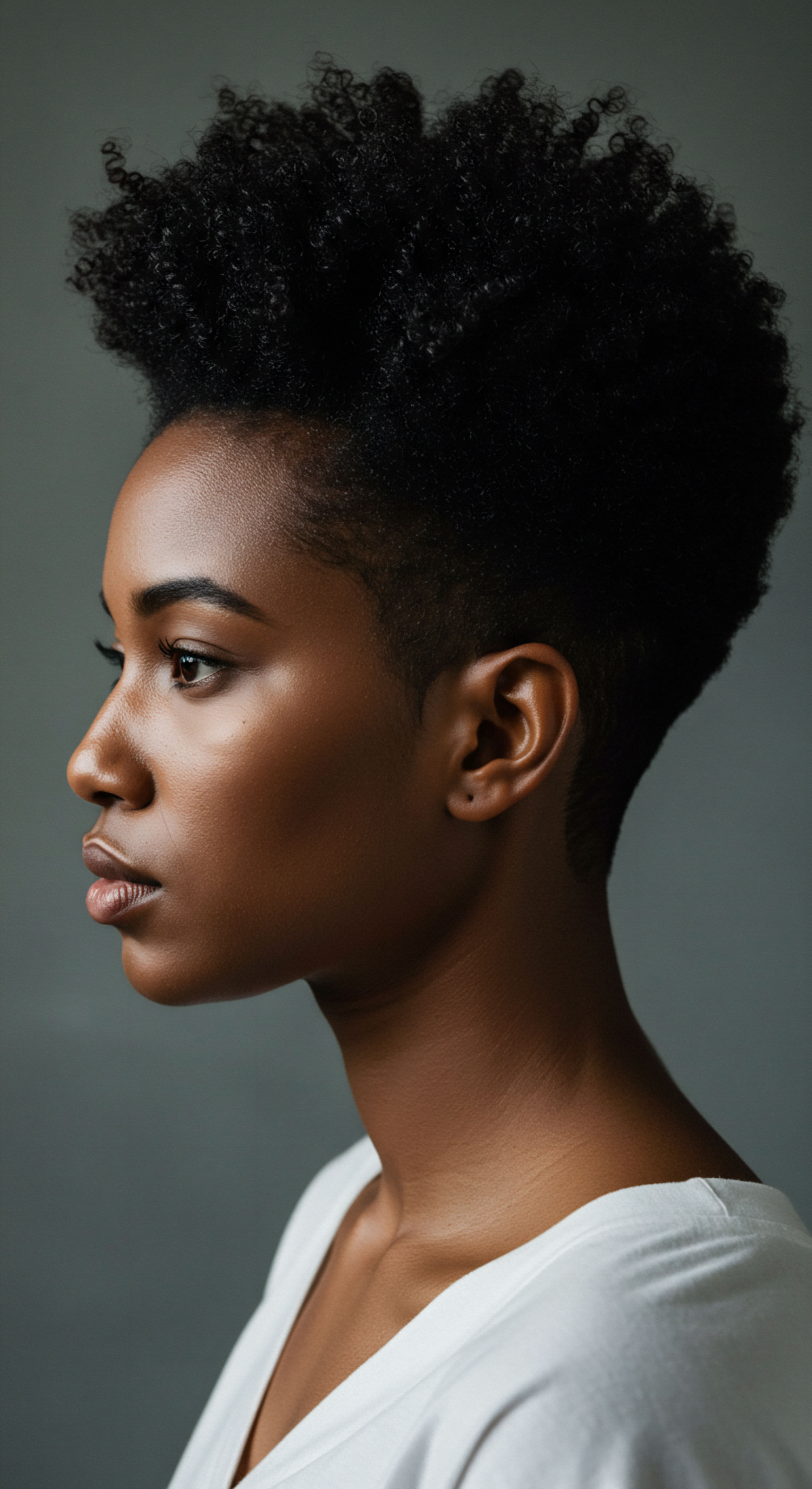
Lessons from Ancient Hair Chemistry for Textured Hair
The insights from ancient Egyptian hair preservation are particularly relevant for those with textured hair. The unique structure of coiled, kinky, and curly hair types means that natural oils produced by the scalp struggle to travel down the hair shaft, leaving strands more prone to dryness and breakage. The ancient Egyptian emphasis on coating and sealing the hair, whether natural or wig, offers a powerful lesson.
The use of heavy, occlusive fats served to seal in any existing moisture and protect the hair from the harsh, dry environment. This is akin to the modern practice of “LOC” or “LCO” methods in textured hair care, where liquid, oil, and cream are layered to provide maximum hydration and sealing. The ancient Egyptians were, in essence, practicing an early form of deep conditioning and protective styling.
Furthermore, the remarkable long-term preservation of keratin structure in mummified hair, as observed in some studies, suggests that these ancient treatments did more than just style; they offered a degree of structural protection. A 2024 study employing microbeam synchrotron techniques on ancient Egyptian mummy hair revealed a remarkable preservation of keratin supramolecular organization, indicating that the bulk keratin structure had not significantly changed over 2000 years. This suggests that the applied substances may have created a stable microenvironment, buffering the hair from degradation processes.
Ancient Egyptian hair care offers practical parallels for modern textured hair routines, particularly in moisture retention and protective styling.
The societal context surrounding ancient Egyptian hair care also provides a valuable lens. Hair was a public declaration, a symbol of identity and adherence to cultural norms. The deliberate choice to preserve hair, even in death, speaks to its profound psychological and social weight. For individuals with textured hair today, this historical connection can affirm the cultural significance of hair care routines and the deep personal meaning held within our strands.
The longevity of their techniques, coupled with scientific findings, invites us to consider the following:
- Emphasis on Sealing ❉ The application of heavy fats and waxes points to the critical role of sealing in maintaining hair health, especially in dry climates.
- Protective Styling ❉ Wigs served as the ultimate protective style, shielding natural hair from environmental damage and reducing the need for daily manipulation.
- Ingredient Simplicity ❉ The effectiveness of relatively simple, natural ingredients like animal fats, beeswax, and resins suggests that complex formulations are not always necessary for significant results.
- Long-Term Vision ❉ The practice of preserving hair for eternity encourages a mindset of long-term hair health and care, rather than focusing solely on immediate aesthetic fixes.
These ancient practices, though seemingly distant, offer a compelling argument for a return to foundational principles of hair care ❉ protection, deep conditioning, and a consistent, intentional approach to maintenance. The ancient Egyptians, through their enduring hair legacies, continue to teach us about the timeless connection between self, care, and lasting beauty.
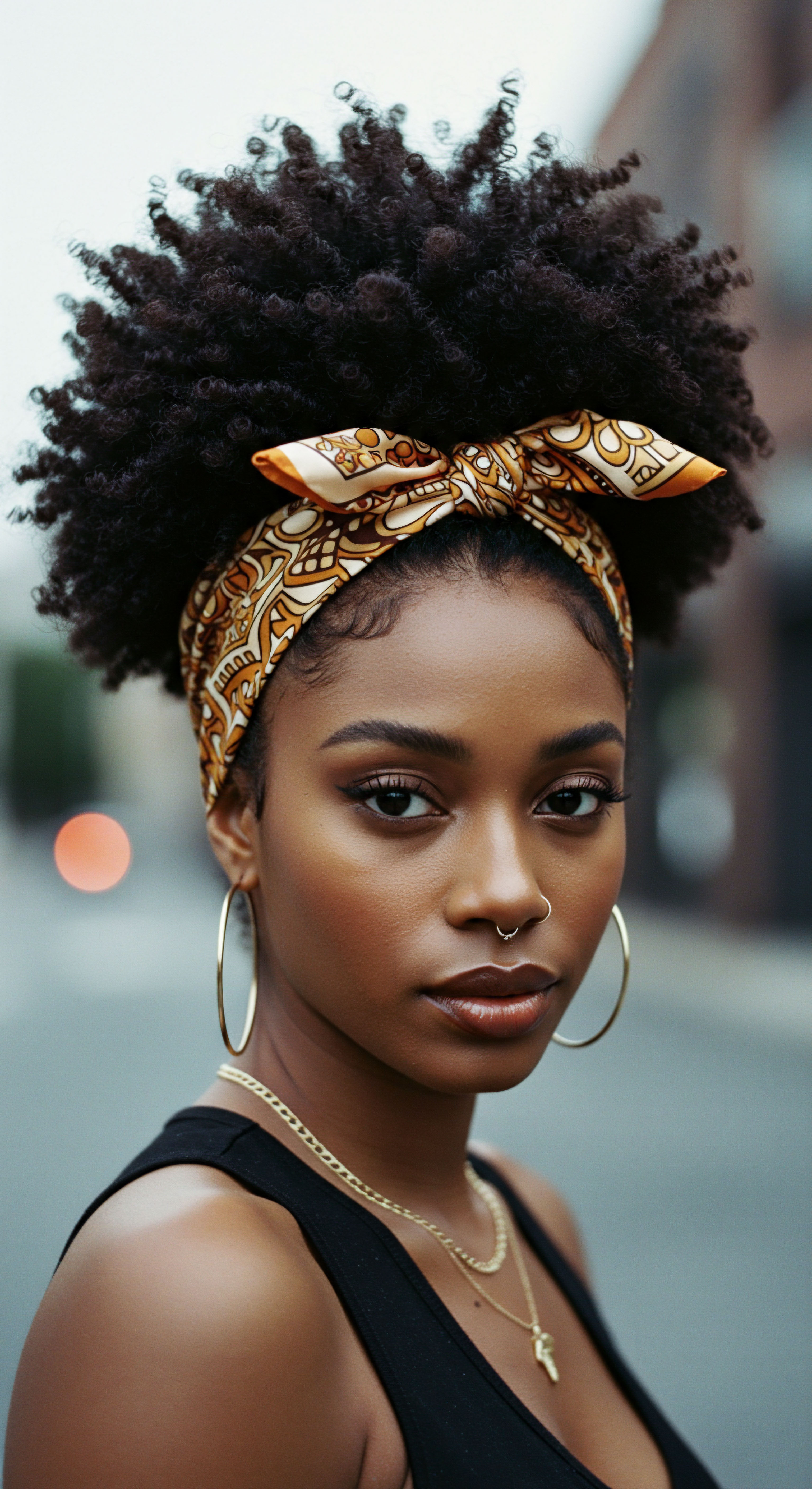
Reflection
As the sands of time continue their ceaseless drift, the echoes of ancient Egyptian hair care whisper across the centuries, inviting us to pause and consider the enduring lessons held within their preserved tresses. What began as an exploration of historical methods transforms into a quiet contemplation of our own relationship with our hair, particularly textured hair. The meticulous care, the intentional application of natural substances, and the deep cultural meaning ascribed to each strand and wig in antiquity, serve as a gentle reminder.
They suggest that true hair wellness is not a fleeting trend, but a continuous conversation between our unique strands, the environment, and our inner sense of self. Perhaps the greatest lesson from the banks of the Nile is the timeless recognition that hair, in its myriad forms, is a precious extension of who we are, deserving of patient attention and deep respect, a silent testament to beauty that transcends eras.

References
- McCreesh, N. C. Gize, A. P. & David, A. R. (2011). Ancient Egyptian Hair Gel ❉ New insight into ancient Egyptian mummification procedures through chemical analysis. Journal of Archaeological Science, 38(12), 3432-3434.
- Fletcher, J. (2002). Ancient Egyptian Hair and Wigs. The Ostracon ❉ The Journal of the Egyptian Study Society, 13(2), 2-8.
- Tassie, G. J. (1998). The Social and Ritual Contextualisation of Ancient Egyptian Hair and Hairstyles from the Protodynastic to the End of the Old Kingdom. University College London (UCL) PhD thesis.
- Cox, J. (1977). The Construction of an Ancient Egyptian Wig (c. 1400 B.C.) in the British Museum. The Journal of Egyptian Archaeology, 63, 67-70.
- Lubec, G. Weninger, M. & Lubec, B. (1987). Amino acid composition of hair from an Egyptian mummy. Archives of Dermatology, 123(12), 1618-1619.
- Zvereva, I. Kakoulli, I. & Massi, M. (2017). Microbeam synchrotron imaging of hairs from Ancient Egyptian mummies. Analytical and Bioanalytical Chemistry, 409, 3971-3978.
- Riefstahl, E. (1952). An Ancient Egyptian Hairdresser. Bulletin of the Brooklyn Museum, 13(4), 7-16.
- Rabino Massa, E. & Conti Fuhrman, A. M. (1980). Early Egyptian Mummy Hairs ❉ Tensile Strength Tests, Optical and Scanning Electron Microscope Observation ❉ A Paleobiological Research. Journal of Human Evolution, 9, 133-137.